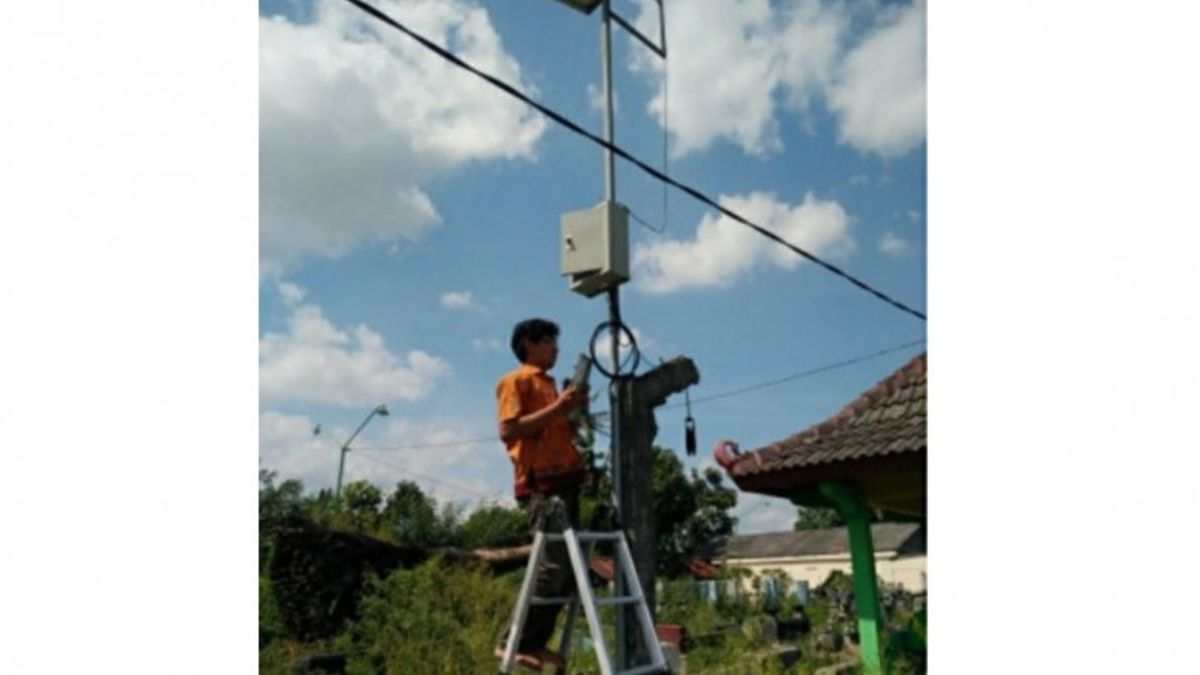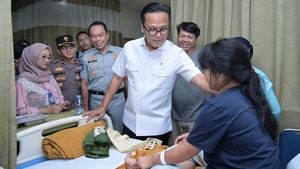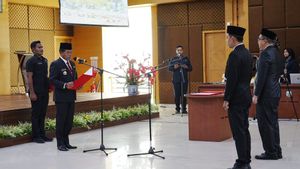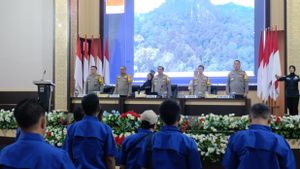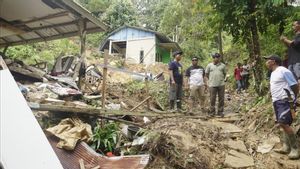JAKARTA - A research team from Gadjah Mada University (UGM) developed a new earthquake early warning system. This technology is even able to predict and provide information about earthquakes 1-3 days in advance.
Head of the Research team for the Sensor and Telecontrol Systems Laboratory, Department of Nuclear Engineering and Physics Engineering UGM Prof. Sunarno, explained that the system developed by UGM makes it possible to reach predictive areas from Sabang to East Nusa Tenggara.
"From the EWS (Early Warning System), the earthquake algorithm that we developed can tell 1 to 3 days before the earthquake. If a large earthquake is above 6 SR, about 2 weeks earlier this tool has started giving warnings," said Prof. , Sunday, September 27th.
He explained that the earthquake early warning system that he had developed with the team worked based on differences in radon gas concentrations and groundwater levels which were natural anomalies before the earthquake.
If there will be an earthquake on the plate, continued Sunarno, the phenomenon of exposure to natural radon gas from the ground will increase significantly. Likewise, groundwater levels fluctuate significantly.
"These two pieces of information were detected by the EWS tool and will immediately send the information to my cellphone and the team. So far, information can be obtained 2 or 3 days before the earthquake between Aceh and NTT," he said.
The components developed by the UGM research team for the EWS tool are composed of detectors for changes in groundwater and radon gas levels, signal conditioners, controllers, data storage, and power sources. Then this system also uses the internet of things (IoT) technology in it.
He said that in 2018 he and his team had conducted research to observe radon gas concentrations and groundwater levels before earthquakes. The observations that have been made are then developed so that they are formulated in an earthquake early warning system prediction algorithm.
EWS made by UGM has been able to predict the occurrence of earthquakes in West Bengkulu M 5.2 (28/8/2020), Southwest Sumur-Banten M 5.3 (26/8/2020), Southwest Bengkulu M 5.1 (29/8/2020), Southwest Sinabang Aceh M5.0 (1/9/2020), Southwest Pacitan M5,1 (10/9/2020), Southeast Naganraya-Aceh M 5.4 (14/9 / 2020), and others.

For now, this earthquake early warning system is only used to predict earthquakes. With the limas of monitoring stations / EWS scattered in DIY which in every 5 seconds send data to the server via IoT.
"The five EWS stations are still in the vicinity of DIY. If they were installed between Aceh and NTT, we could predict better, that is, they could predict the location more precisely / focus," he explained.
Sunarno said that the detection system was developed as a mechanism to form community, apparatus, and academic preparedness to reduce disaster risk. This is because Indonesia's position on the 3 tectonic plates of the world makes it prone to earthquakes.
The English, Chinese, Japanese, Arabic, and French versions are automatically generated by the AI. So there may still be inaccuracies in translating, please always see Indonesian as our main language. (system supported by DigitalSiber.id)
